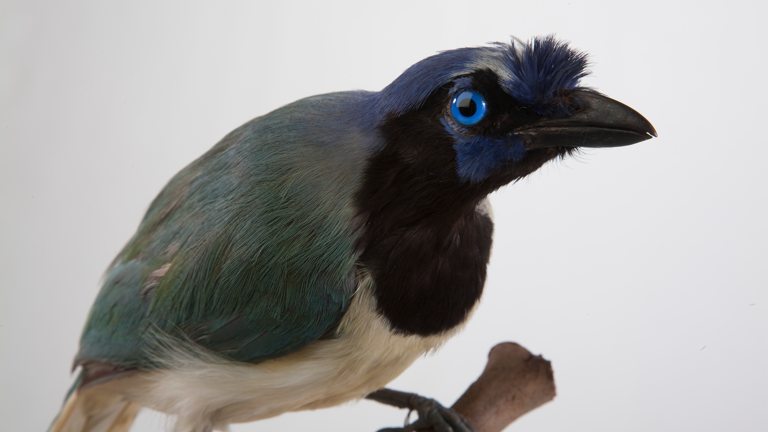
Naturalists and Scientists
Increased interest in natural history was a feature of the 19th century, both in the centres of global power and their colonies. Explorers collected widely while amateur naturalists made extensive studies in their region or areas of particular interest. Each contributed to greater knowledge of the natural environment.
Due in large part to the presence of two scientific giants, Melbourne became an increasingly important outpost for natural science. Baron Ferdinand von Mueller became established as a world authority at the Melbourne Botanic Gardens and Herbarium, while at the University of Melbourne and the National Museum, Frederick McCoy established his reputation as zoologist, palaeontologist and geologist.
McCoy corresponded with luminaries in Europe and America, including John Gould, Richard Owen and Louis Agassiz, ensuring the two-way exchange of specimens, ideas and publications across the world's oceans.
He also corresponded with colleagues in other Australian colonies; sometimes combatively, as was the case with Sydney geologist Reverend William Clarke, and more cooperatively with Gerard Krefft, Director of the Australian Museum in Sydney, who shared McCoy's ambitions and an interest in zoology and palaeontology.
At home McCoy relied on dedicated amateurs, working in the naturalist tradition, to help assemble a thorough and systematic collection of Victoria's zoology. While William Kershaw later became an employee and trusted lieutenant at the National Museum, McCoy first met him as an amateur entomologist, purchasing the collection he had assembled with his friend Henry Williams.
Amateur naturalists John Bracebridge Wilson and Paul Howard MacGillivray provided both rigour and long-term commitment in their study of marine invertebrates. Wilson tirelessly collected specimens from his small skiff off Queenscliff, while MacGillivray described many new species and commissioned the illustration of hundreds of species of Bryozoans for McCoy's Prodromus.






